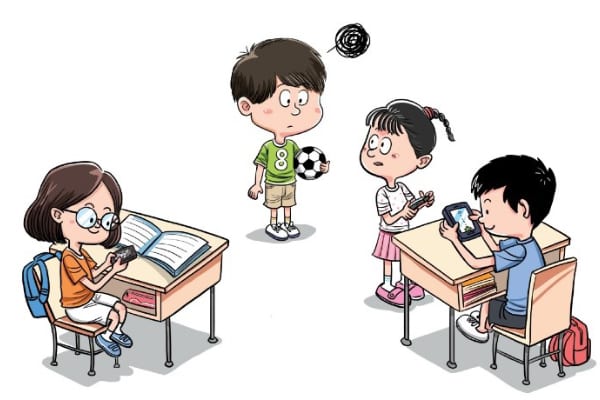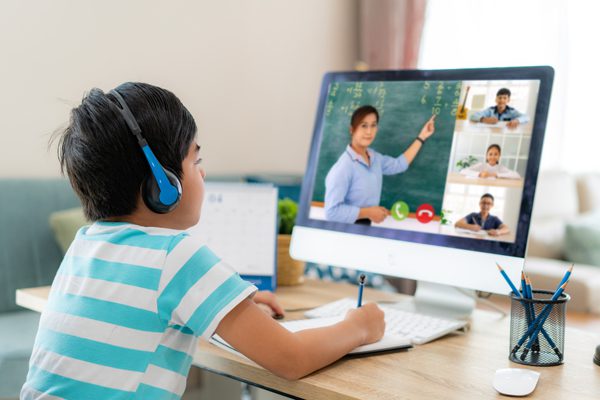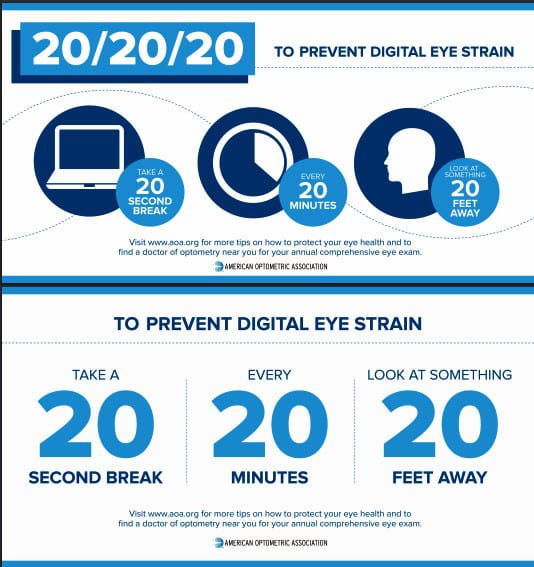
Online Learning For Kids - Boon Or Bane?
An analysis of different studiesBy Pratyush Dhakal, Amrita Samanta
It's 2021 and the world is still trying to find its footing since the pandemic of Covid 19 changed the way the world function around the end of 2019 and the beginning of 2020.
One of the many changes we've had to adapt to were education systems being forced to introduce the concept of online reading or online studies as the primary mode of learning. The concept of online learning was not new and many universities had already started it a few years ago. In this new era of digital life, the uses of digital devices and hence exposure to screens had become inevitable and today it'd be impossible to imagine life without these devices.
 And even though the benefits of getting everyone connected, globalizing the way the world functioned and eventually making the world a much smaller place are definitely there but there have been some other disadvantages like adverse health effects due to the long periods of exposure to digital devices. And although, it might seem that mostly children and young adults are more vulnerable to these, but that's not true as it can affect people of any age.
And even though the benefits of getting everyone connected, globalizing the way the world functioned and eventually making the world a much smaller place are definitely there but there have been some other disadvantages like adverse health effects due to the long periods of exposure to digital devices. And although, it might seem that mostly children and young adults are more vulnerable to these, but that's not true as it can affect people of any age.
What do clinical studies say?
There are multiple studies which have shown the health effects of using digital devices like Laptop or PC, Mobile and Tablets.
One study said that 90% people using digital device have encountered problem such as eye strain. It also suggested that the following factors are associated with digital eye strain: uncorrected refractive error (including presbyopia), accommodative anomalies, altered blinking pattern (reduced rate and incomplete blinking), excessive exposure to intense light, closer working distance, and smaller font size1.
 Another study done in China concluded that “Asthenopia appears to be common among college students in China. Preventative measures against asthenopia include limiting the amount of time spent using digital devices in bed (<0.5 h), adopting a posture of lying on one's back while doing so and engaging in aerobic exercise for more than one hour per day”3.
Another study done in China concluded that “Asthenopia appears to be common among college students in China. Preventative measures against asthenopia include limiting the amount of time spent using digital devices in bed (<0.5 h), adopting a posture of lying on one's back while doing so and engaging in aerobic exercise for more than one hour per day”3.
Another study concluded that “The increased use of digital devices by adolescents brings a new challenge of digital eyestrain at an early age. Our study reports the patterns of electronic device usage by school children, evaluates factors associated with eyestrain and highlights the need for further investigation of these issues”2.
One more study suggested that computer use, especially at a very young age, is moderately associated with myopia development in childhood. Reading time had a stronger association with myopia, possibly because of a shorter near work distance. The effect of combined near work activities could be lowered by outdoor exposure. It is likely that the increased use of digital devices may have an impact on myopia development in the coming years7.
Discussion
The prevalence of myopia around the world has increased recently. Several factors have been suggested to play a role in the development of myopia. Other than genetic factors, environment is also an important contributing factor in the development of myopia. Studies on populations with very similar genetic backgrounds that grew up in different environments have shown that those growing up in rural environments have a lower prevalence of myopia. Environmental influences related to prolonged reading or near work as well as fewer hours spent outdoors are associated with a higher prevalence of myopia6.

American Academy of Ophthalmology (AAO) suggest that “Digital-related eye strain affects people of all ages. If you spend hours a day using digital devices, you might notice your vision blurs, and your eyes feel achy and tired. You may also find your eyes become dry and will tear or sting. This eye strain is no different from the symptoms you may have when reading, writing or doing “close work” like sewing for long stretches of time5.
Children and other who use digital gadgets more are advice to take appropriate rest to reduce the effects of Eye strain and other related symptoms like Dry eye, Headache, Eye pain, Neck pain etc.
The best method to reduce the consequences of uses of this device is “20/20/20 rule”. Which says that if you take a break of 20 seconds every 20 minutes and look away beyond 20 feet will help greatly to reduce the symptoms.
References:1. Coles-Brennan C, Sulley A, Young G. Management of digital eye strain. Clin Exp Optom. 2019;102(1):18-29. doi:10.1111/cxo.127982. Ichhpujani P, Singh RB, Foulsham W, Thakur S, Lamba AS. Visual implications of digital device usage in school children: a cross-sectional study. BMC Ophthalmol. 2019;19(1):76. Published 2019 Mar 12. doi:10.1186/s12886-019-1082-53. Xu Y, Deng G, Wang W, Xiong S, Xu X. Correlation between handheld digital device use and asthenopia in Chinese college students: a Shanghai study. Acta Ophthalmol. 2019;97(3):e442-e447. doi:10.1111/aos.138854. Arjmandi N, Mortazavi G, Zarei S, Faraz M, Mortazavi SAR. Can Light Emitted from Smartphone Screens and Taking Selfies Cause Premature Aging and Wrinkles?. J Biomed Phys Eng. 2018;8(4):447-452. Published 2018 Dec 1.5. https://www.aao.org/eye-health/tips-prevention/computer-usage6. Huang HM, Chang DS, Wu PC. The Association between Near Work Activities and Myopia in Children-A Systematic Review and Meta-Analysis. PLoS One. 2015;10(10):e0140419. Published 2015 Oct 20. doi:10.1371/journal.pone.01404197. Enthoven CA, Tideman JWL, Polling JR, Yang-Huang J, Raat H, Klaver CCW. The impact of computer use on myopia development in childhood: The Generation R study. Prev Med. 2020;132:105988. doi:10.1016/j.ypmed.2020.1059888. Images source: www.google.com








